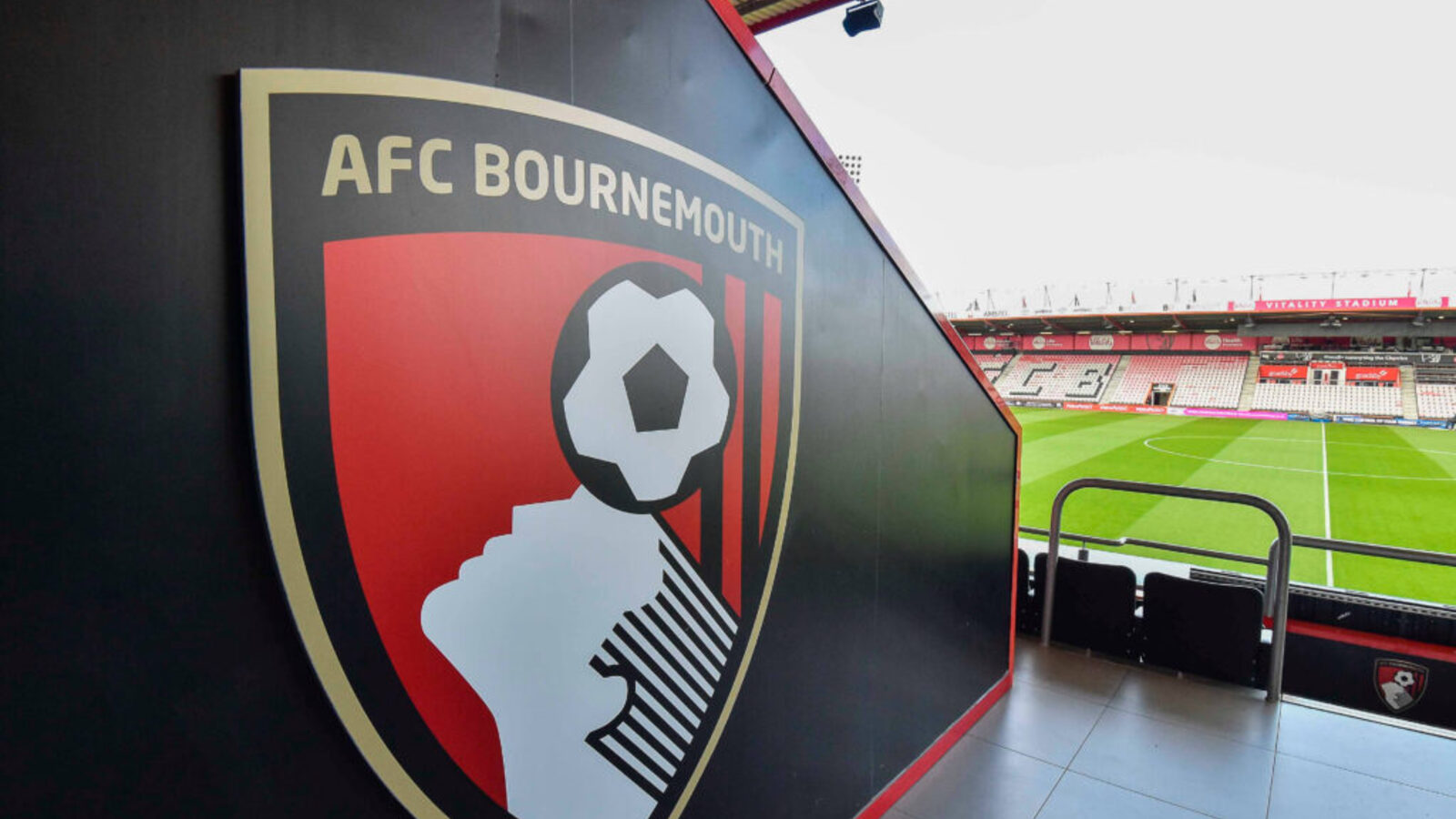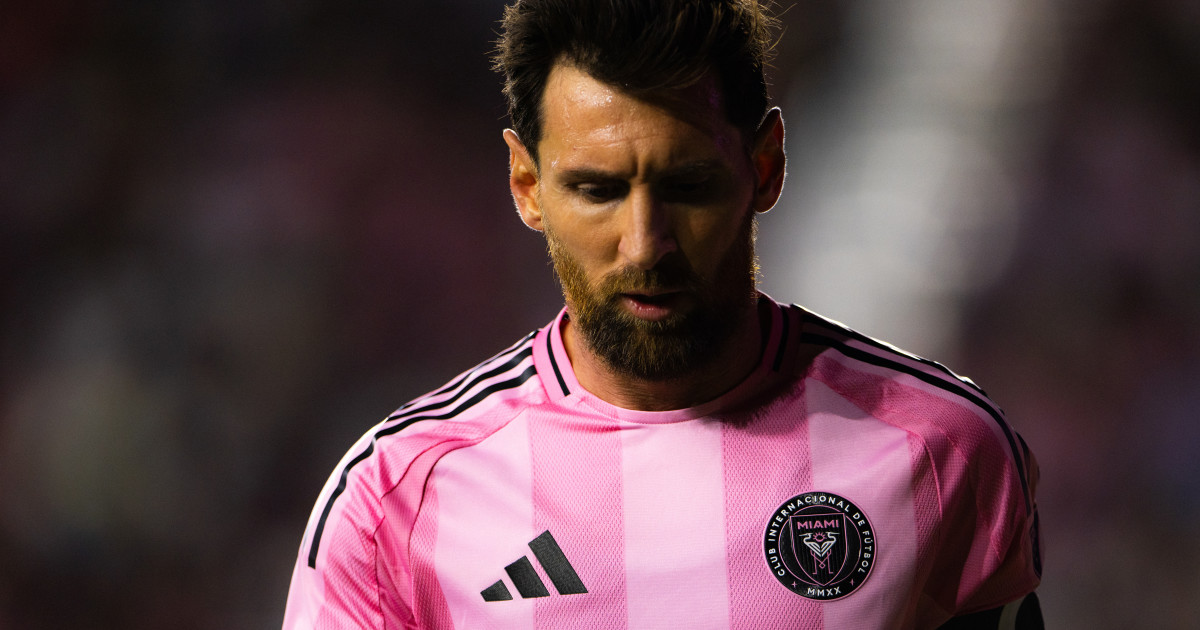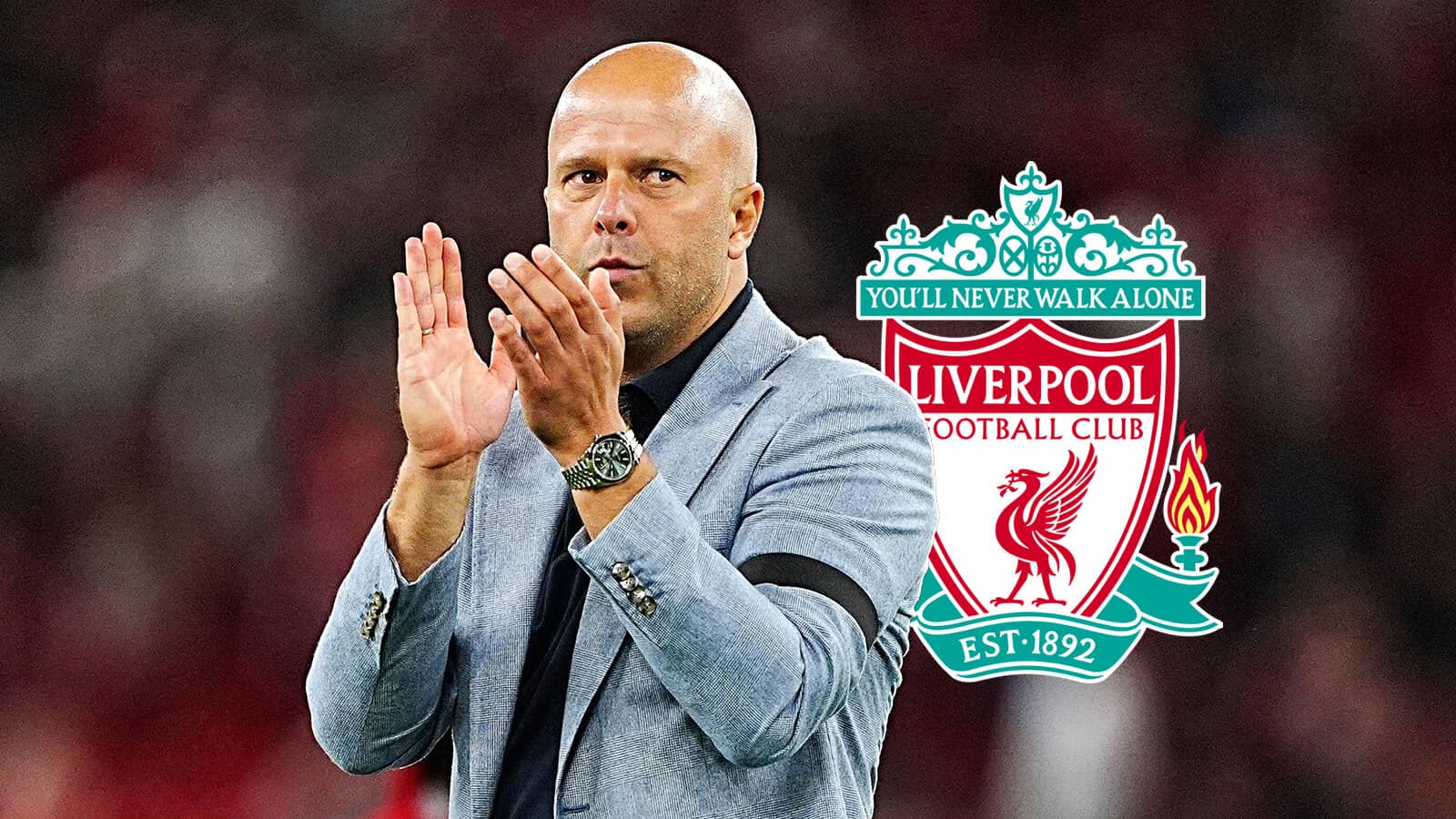Copyright Yardbarker

High pressing is often seen as a modern football super-weapon. It’s the tactic that powers elite clubs like Manchester City F.C. and Liverpool F.C., forcing opponents into mistakes high up the pitch and dictating tempo from the first whistle. But when mid-table teams try to copy this formula, the results often tell a very different story. Instead of control, they get chaos. Instead of dominance, they get punished. So why does the same tactic work for some — and backfire for others? 1. Introduction: The High Pressing Craze High pressing has become a defining tactical trend in modern football. As discussed in a recent Last Word On Sports analysis, tactical evolution across Europe shows that structure and context matter as much as intensity. What started as a hallmark of a few elite clubs is now something nearly every Premier League team tries to copy. The idea sounds simple: win the ball close to the opponent’s goal, hit fast, and control the rhythm of the match. For top teams like Liverpool F.C., this approach is devastatingly effective. But for many mid-table sides, copying the tactic doesn’t lead to dominance — it often leads to chaos. High pressing without structure and without the right players can backfire badly. 2. Where Mid-Table Teams Go Wrong The issue isn’t ambition; it’s execution. Pressing well requires more than energy — it needs coordination, timing, and collective discipline. When these elements break down, pressing becomes a liability rather than a weapon. Typical problems include: Lack of synchronization: One or two players press while others hesitate, creating huge gaps. Limited physical capacity: Fewer players can sustain the same intensity for 90 minutes. Disconnected defensive line: When defenders don’t push up together, opponents exploit the space between lines. Counterattack exposure: A few clean passes can bypass the press, leading to dangerous transitions. Clubs like Brentford F.C. and Wolverhampton Wanderers F.C. have experienced this. Against technically superior sides, their high press is often broken easily, leaving their defenders exposed and forcing them to retreat in disarray. 3. The Numbers Don’t Lie: Data Behind the Struggles One of the clearest ways to measure pressing intensity is PPDA — Passes Per Defensive Action. It calculates how many passes an opponent can complete before your team intervenes. The lower the PPDA, the tighter and more aggressive your pressing is. Elite teams consistently post lower PPDA numbers: Liverpool F.C. in 2021–22 recorded a PPDA of 8.62, the lowest in the league. That figure reflects how quickly they disrupted build-up, rarely letting opponents breathe. According to CafeScore’s Premier League metrics, elite teams like Liverpool maintain the lowest PPDA values, reflecting superior pressing coordination. AFC Bournemouth under Andoni Iraola in 2024–25 posted 9.9, the lowest that season despite not being a “big six” club — proof that pressing can work if structured correctly. A typical mid-table side like Burnley F.C. averaged around 12.8, meaning opponents had more than four extra passes on average compared to facing Liverpool. That gap of just a few passes may seem small, but in practice, it’s huge. Each extra pass gives opponents time to turn, find space, and play forward — which often turns a broken press into a dangerous counterattack. Even LWOS’s own analysis of so-called ‘lazy’ players in the Premier League shows how modern pressing demands have changed the profile of effective players. 4. What Mid-Table Clubs Could Do Differently Mid-table teams don’t need to abandon pressing — they just need to be smarter about it. Instead of pushing too high and losing shape, they can focus on pressing in the middle third, where they stay compact and organized. This small shift already reduces the risk of being exposed during the break. Just as crucial is pressing with clear triggers and collective movement. When everyone knows who starts the press and when to join in, the team can win the ball without opening up their defense. Brentford F.C. is a good example: by picking their moments instead of pressing nonstop, they keep the balance between intensity and control. It’s not about pressing more — it’s about pressing smarter. 5. Conclusion: Not Every Team Is Built to Press High pressing is one of the most powerful tactical tools in modern football. But like any weapon, it works only in the right hands. Elite clubs have the depth, discipline, and structure to make it work. Mid-table sides often don’t — and pressing without those elements can be self-destructive. The smartest teams aren’t the ones pressing the highest; they’re the ones pressing with a clear plan. By adjusting their approach, choosing their moments, and respecting their own limits, mid-table clubs can turn high pressing from a gamble into a strength.



